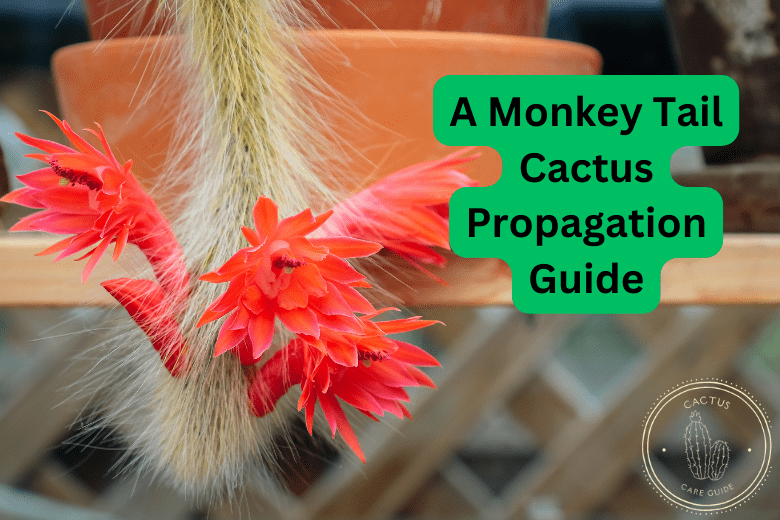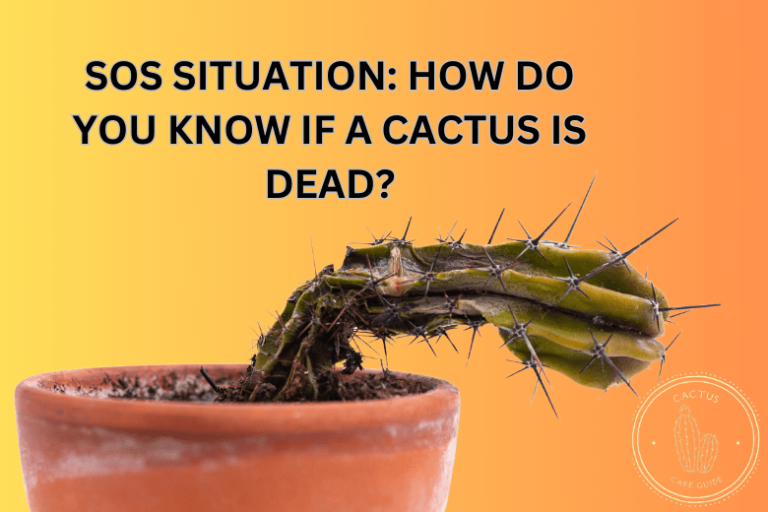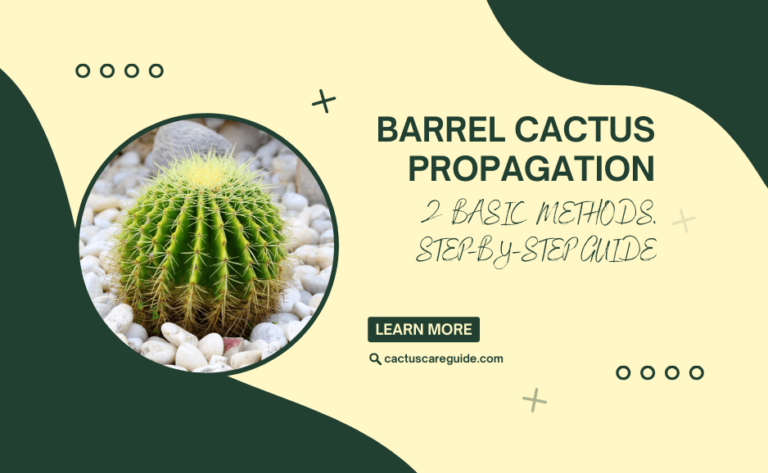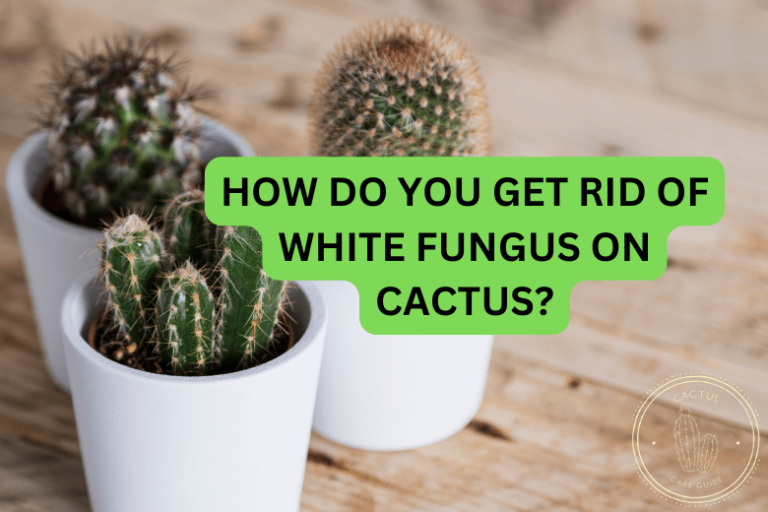A Monkey Tail Cactus Propagation Guide
Monkey Tail Cactus, scientifically known as Cleistocactus Winteri, stands out in the world of succulent plants for its distinctive appearance resembling long, trailing monkey tails. As a favorite among plant enthusiasts, the allure of expanding your collection through propagation is undeniable.
In this comprehensive guide, we will delve deeper into the intricacies of monkey tail cactus care and propagation, exploring additional details to ensure your success in growing and caring for these captivating plants.
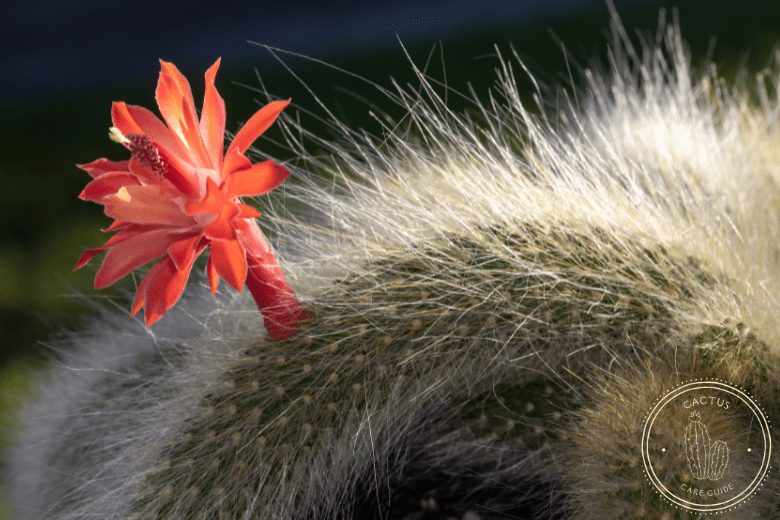
Understanding Monkey’s Tail Cactus
Monkey tail cactus’s natural habitat is the high-altitude regions of Bolivia and Argentina such as Santa Cruz. It is adapted to arid environments, making it a hardy and low-maintenance addition to your collection. The cylindrical stems covered in soft, hair-like spines make the monkey’s tail cactus an eye-catching specimen that can reach impressive lengths over time.
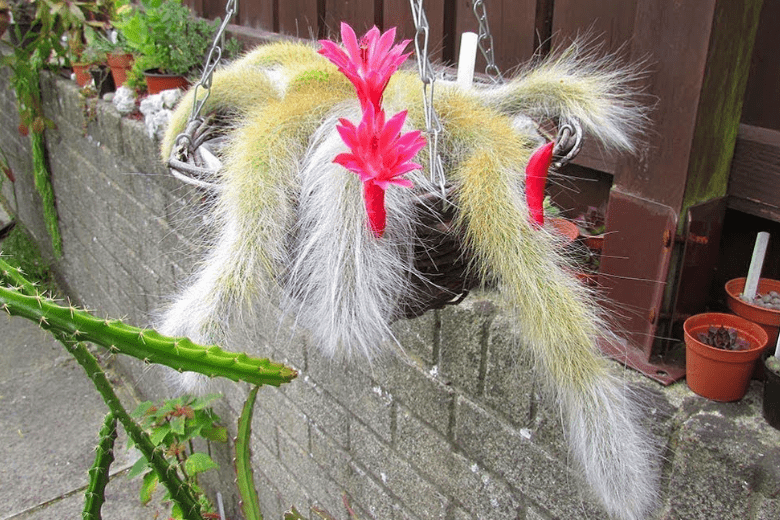
Propagation Methods
Understanding effective propagation methods is key to cultivating a thriving array of these captivating succulents.
Offsets
Offsets, or pups, are natural offshoots that emerge at the base of mature monkey tail cacti. To propagate using offsets:
Identify a Healthy Pup:
Carefully examine the base of the soft monkey tail cactus, keeping an eye out for vigorous, well-formed pups. Choose a pup that exhibits good overall health – vibrant color, firm texture, and no signs of damage or disease.
Gentle Separation:
Delicately separate the pup from the mother plant. Avoid causing damage to either the pup or the main plant. Ensure that you take a portion of the shallow root system along with the pup. This step is essential for providing the new plant with the necessary resources for successful establishment.
Allow for Drying Time:
Allow the cut surface of the pup to air dry for a period of 24 to 48 hours. This critical drying phase helps prevent the risk of fungal infections or rotting. Additionally, the drying process encourages the formation of a protective callus on the cut end, further fortifying the pup against potential pathogens.
Planting in Well-Draining Soil:
Select a well-draining soil mix designed for cacti and succulents. This type of cactus soil composition is essential for preventing waterlogging, an issue that leads to root rot. Plant the offset at an appropriate depth in the soil, ensuring stability.
Water Sparingly During Establishment:
Water sparingly during the initial stages of establishment. This cautious approach prevents overhydration, allowing the plant to focus on developing a robust root system. As the offset takes root and exhibits signs of new growth, gradually adjust the watering regimen to meet the plant’s increasing needs.
Stem Cuttings
Stem cuttings propagation offers a straightforward and effective method for expanding your succulent collection. Follow this step-by-step process to ensure success:
Select a Healthy Stem:
Begin by carefully choosing a healthy stem from the monkey’s tail cactus. Look for a segment that is free from damage, discoloration, or signs of disease.
Cut with Precision Using Sharp Knife:
Using a clean and sharp knife, make a clean cut on the selected stem, creating a segment that is approximately 4 to 6 inches in length. The precision of the cut is crucial for providing the stem cutting with the best chance of successful root development.
Ultimately, repeat the same last 3 steps that are done during offset propagation methods.
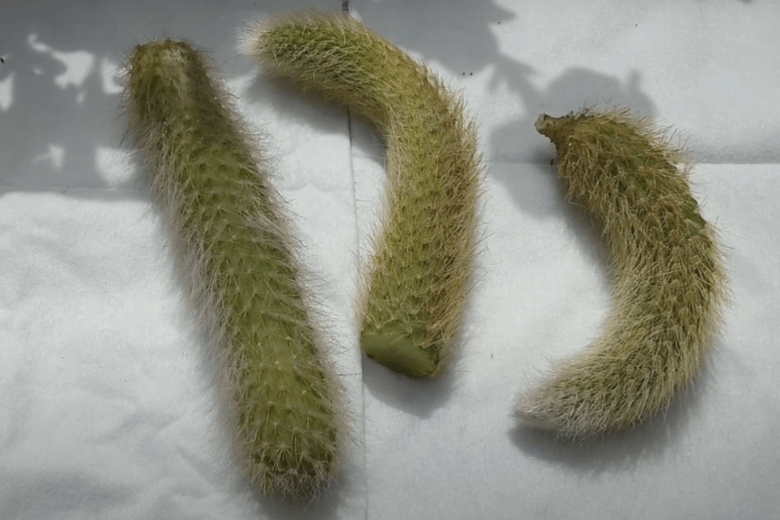
Seeds
Seed propagation is a patient yet rewarding process, providing a front-row seat to the entire plant life cycle. Follow these condensed steps for success:
Sowing Seeds:
Plant soft monkey tail cactus seeds in a shallow tray or individual pots with a cactus mix, lightly covering them with soil for optimal germination conditions.
Germination Phase:
Maintain consistent soil moisture to support germination, typically taking a few weeks. Consider misting or covering with plastic wrap to retain humidity.
Transplanting Seedlings:
Once seedlings are a few inches tall with well-developed roots, transplant them into individual potting soil. Handle with care, ensuring roots are buried at the right depth.
Propagation Tips
When it comes to propagating Monkey Tail cacti, several key considerations can ensure that your Monkey Tail cactus thrives. From the right timing to the choice of potting methods, here are essential tips to ensure a successful propagation journey.
Timing
Propagate monkey tail cacti during the active growing and flowering season, typically in spring and early summer, to maximize the chances of successful root development.
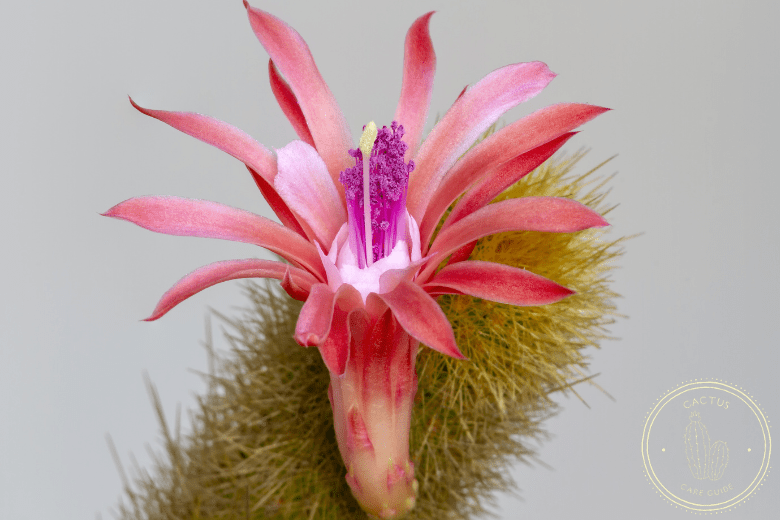
Soil and Potting
Use a cactus mix that provides excellent drainage. Plant in pots with drainage holes to prevent waterlogged soil, which can lead to root rot.
Light and Temperature
These plants can stay up to 14 hours of direct sunlight. However, it’s crucial to strike a balance and avoid exposing them to harsh direct sunlight for prolonged durations.
Provide bright, indirect light for newly propagated plants. Monkey tail cacti thrive in warm temperatures, so maintain a consistent environment with temperatures ranging between 70°F to 100°F.
Pest Management
While caring for your monkey tail cactus, be vigilant for pests like spider mites. These tiny arachnids can sometimes pose a threat to your cactus. Regular inspection and prompt treatment can help keep spider mites at bay.
Conclusion
By delving into the intricacies of monkey tail cactus care and propagation, you are embarking on a journey of nurturing and expanding your collection with care and expertise.
Whether you opt for offsets, cuttings, or cactus seeds, understanding the unique needs of Cleistocactus Winteri will undoubtedly contribute to the success and vibrancy of your soft monkey tail cactus collection.
You might also like:
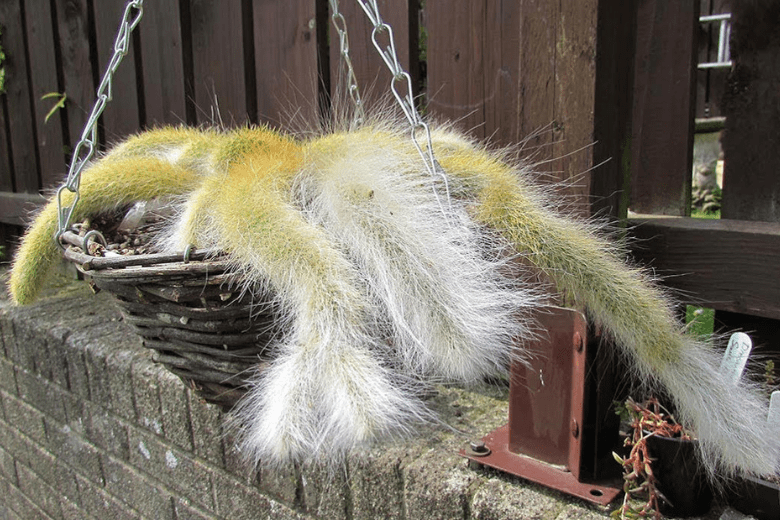
Frequently Asked Questions
Is a Monkey Tail cactus rare?
The Monkey Tail cactus, Cleistocactus Winteri, is not extremely rare, but certain varieties like Cleistocactus winteri subsp. colademononis may be more sought after. Availability depends on factors like cultivation practices and local demand.
What is the difference between Rat Tail and Monkey Tail cactus?
The terms “Golden Rat Tail Cactus” and “Monkey Tail cactus” are often used interchangeably, referring to the same species. Both names describe the cactus known for its long, trailing stems resembling a rodent or primate’s tail. Therefore, there is no significant botanical difference between monkey and rat tail cactus.
Is the Monkey Tail cactus poisonous?
There is no widely reported toxicity for the Cleistocactus Winteri. However, it’s always advisable to exercise caution with any plant and keep it out of reach of children and pets to avoid potential irritation or allergic reactions. If ingested, it’s recommended to seek medical advice.
What makes a Monkey Tail cactus unique?
The Cleistocactus Winteri is unique for its distinctive long, trailing stems that resemble a monkey’s tail. This cactus plant species is known for its visually striking and ornamental appearance, making it a popular choice among cactus enthusiasts and collectors.
How big do Monkey Tail cactus get?
The size of a Cleistocactus winteri can vary, but on average, it reaches a height of about 3 to 6 feet (0.9 to 1.8 meters). The long, trailing stems, which resemble a monkey’s tail cactus, can contribute to its overall size and create an eye-catching appearance.
Is Monkey Tail Cactus an indoor or outdoor plant?
It is possible to grow this plant indoors and outdoors, depending on the climate. In regions with mild temperatures and limited frost, it can thrive outdoors. In colder climates, it’s often cultivated as a houseplant or kept in hanging baskets that can be moved indoors during cold and winter seasons.
Can you propagate cactus cuttings in water?
Cactus cuttings can be propagated in water, but it’s not the recommended method for most cactus species. Cacti are adapted to arid environments and often prefer well-draining soil for root development. Propagating cactus cuttings directly in soil or a suitable cactus mix is generally more successful and aligns better with their natural growing conditions.
Does Monkey Tail cactus like to be root bound?
The cactus generally prefers to be somewhat root-bound, meaning it thrives when its roots are somewhat crowded in a hanging basket. However, it’s essential to provide adequate space for growth, and repotting every few years can help refresh the soil and provide the plant with the necessary nutrients. Monitoring the cactus’s size and health can guide decisions about when to repot.

Greetings, dear succulent lovers! I’m Jennifer West and I’m happy to share with you practical tips and guides on growing and caring for succulents, as well as all the magical facts about these unique plants. Grateful to have you on this green journey with me! Check out more about our team here.

